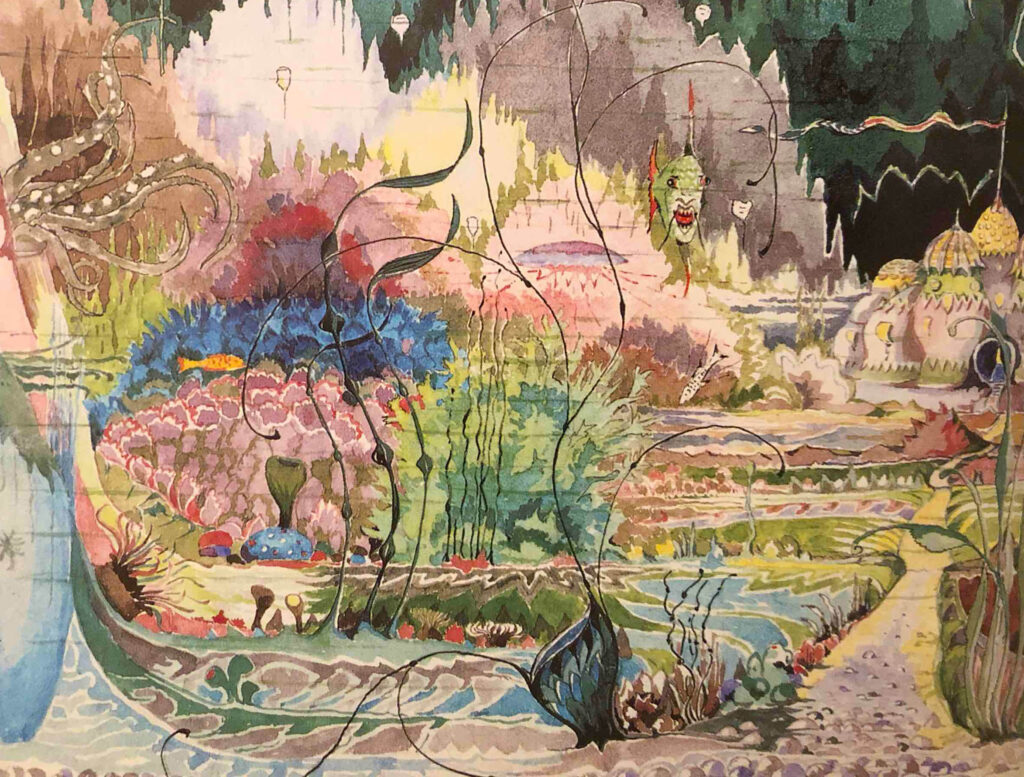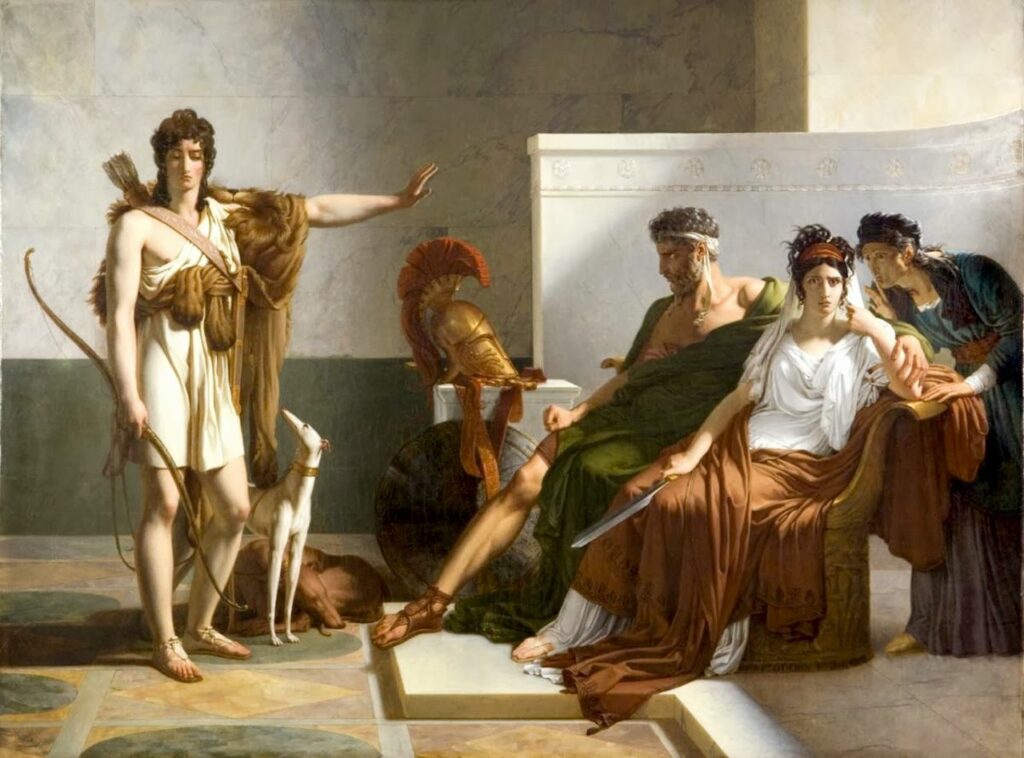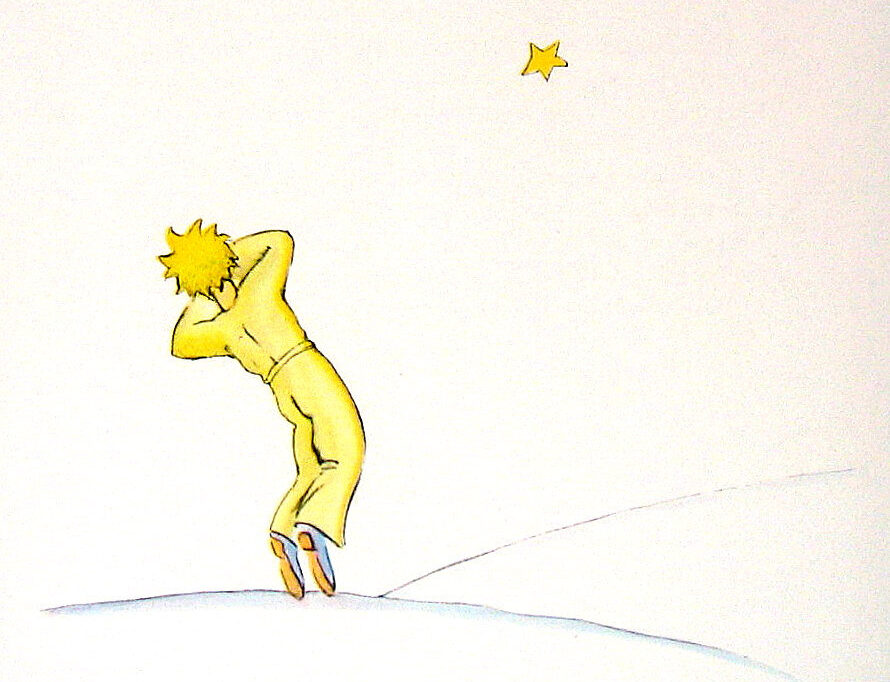“On Fairy-stories”
J. R. R. Tolkien
1938
(The realm of Faërie is no frivolity, but a place of profound enchantment, offering glimpses into deep mysteries and addressing fundamental human desires.)

“Lies, though breathed through silver”. It was September 1931. Little could J. R. R. Tolkien have guessed that this insult of myth, from the mouth of his hard-headed friend C. S. Lewis, would spur him to a rebuttal that would blossom into the most sustained and thoughtful argument for the value of fiction in the history of literature. And, while we’re at it, little could Lewis have guessed that Tollers’ argument, as they walked in a park behind Magdalen College, Oxford, would plant a mustard seed that would eventually transform Lewis into a myth-maker himself, not to mention the most celebrated writer on God (that myth of all myths) in the twentieth century. What was that argument? What path could possibly carry a wayfarer from the valley where myths are childish propaganda, to the hilltop where they are powerful elicitors of fleeting joy and hint at truths beyond our comprehension?
Hippolytus
(Ἱππολυτος)
Euripides
429 BC
(Disaster ensues when Phaedra falls for her stepson!)

The gods will have their play, and we piteous humans must suffer in double jeopardy. First, vice will eventually bring destruction, and yet we are by nature weak and prone to vice. Second, everyone is subject to fate, which is not kinder to good people than to bad. So we are doomed—we cannot be virtuous as we want to be, and so we are in trouble; and yet even if we could be virtuous we would get smacked anyway by the vicissitudes of fate! Hence Euripides’ fist-waving at the gods… yet he manages to preserve some reverence. Artemis tells us that the pious are still much more highly regarded by the gods than the impious. When the impious person suffers, the gods nod “take that!”, whereas the faithful incur their favor, which can bring some benefit. So, given our sad lot in life, it is better to be suffering and good than suffering and evil. Or that is Euripides’ line anyway. In this play we see how this web of cosmic influences plays out in the life of a chaste and honorable man destined for greatness by rights, when (through no fault of his own) his stepmother takes an improper liking to him.
The Little Prince
(Le Petit Prince)
Antoine de Saint-Exupéry
1943
(A little man leaves his tiny planet to explore the universe, only to discover that the most important things in life can be found anywhere.)

As hackneyed as the term “gem” is in the description of short and delightful books, The Little Prince has got to be the epitome. What other modern story is so small, simple, beautiful, and valuable? It radiates purpose modestly, its convincing naivete managing somehow to soften sharp lessons within a sweet and personal story. An actual gem, however, can be valued by anyone, even the unworthy—those who value it only because they can use it to get something else. The Little Prince has no such utility. Its essence is a rebellion against the importance we tend to place on utility. If we find ourselves appreciating The Little Prince, it can only be because we see some light in the book’s countercultural perspective—because we love this small meandering tale according to its true worth.
The History of Mr. Polly
H. G. Wells
1910
(A man of precisely 37.5 years of age can’t seem to find success or happiness in life… perhaps he has to do something drastic.)

“HOLE!” said Mr. Polly, and then for a change, and with greatly increased emphasis: “ ‘Ole!” He paused, and then broke out with one of his private and peculiar idioms. “Oh! Beastly Silly Wheeze of a Hole!”
Thus begins an entertaining fictional biography of a man who really needs a whack upside the head– one of several greats in that odd subgenre– Tom Jones, Babbitt, and Updike’s Rabbit series, for examples. (H. G. Wells writing fictional biography? In a contemporary setting? This might surprise those of us, such as myself, who had equated him with science fiction and socialist nonfiction. But anyway…) Our protagonist is an endearing and vivid, if frustrating character, who hides his depression with funny one-liners and his poor education with deliberate mispronunciations. And, as with many colorful characters in real life, beneath the wit cowers a man who hasn’t a clue where he’s going. His path through life is that of a flat boat with untethered sails– he might as easily plummet to his death over a waterfall as drift into a homely port. Or, to use Alfred Polly’s own metaphor, he’s in a hole. And no amount of quaint phrasing and amusing epithet, no ability to make women giggle, and no success as a shopkeeper is going to hoist him out of it.



The Hunchback of Notre-Dame
June 16, 2019 / 2 Comments on The Hunchback of Notre-Dame
(Notre-Dame de Paris)
Victor Hugo
1831
(Love for a young gypsy woman allows an ugly man to rise above the world’s hatred of him, and to show his inner beauty).
Beauty and beast stories are thousands of years old. Here is how they generally go: a beautiful maiden somehow must associate with a character of less-than-alluring appearance, such as an animal, a god in disguise, or a magically uglified human. The girl eventually sees beyond the grotesque exterior to the real person inside, and falls in love. Then very often the whole moral is promptly compromised by the male character’s transformation into the handsome prince. Ah—it’s really about outward appearance (and wealth) after all! I write this with a smirk, as in fact those stories are not claiming that outward appearance should have no importance, but just that love can be demonstrated to be rooted in deeper things if we remove good looks as an experiment. (By the way, we’re generally talking here about removing the man’s good looks. Removing the woman’s good looks is far rarer in literature, as any student of human behavior could have predicted.)
Victor Hugo, perhaps the wisest of the great French novelists, wrote the perfect beauty and beast story—indeed, could do so only because he was wise. He understood beauty and was true to it in all its manifestations; and he understood ugliness and was fearless and trenchant in portraying its effects and implications. The novel is fundamentally about beauty: of Notre Dame cathedral, of Quasimodo its deaf mutant bell-ringer, of Esmeralda the gypsy girl. The beauty is very different in the three examples, except in fragility, which they share—these three beautiful things, a building, a beast, and a belle. And their fragility is due to ugliness, which likewise takes diverse forms.
(more…)